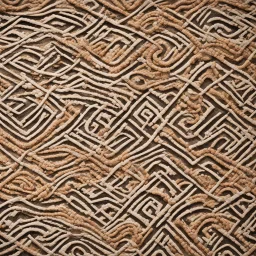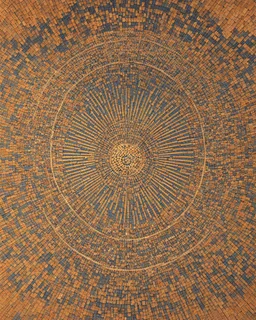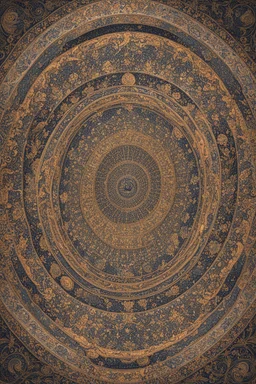
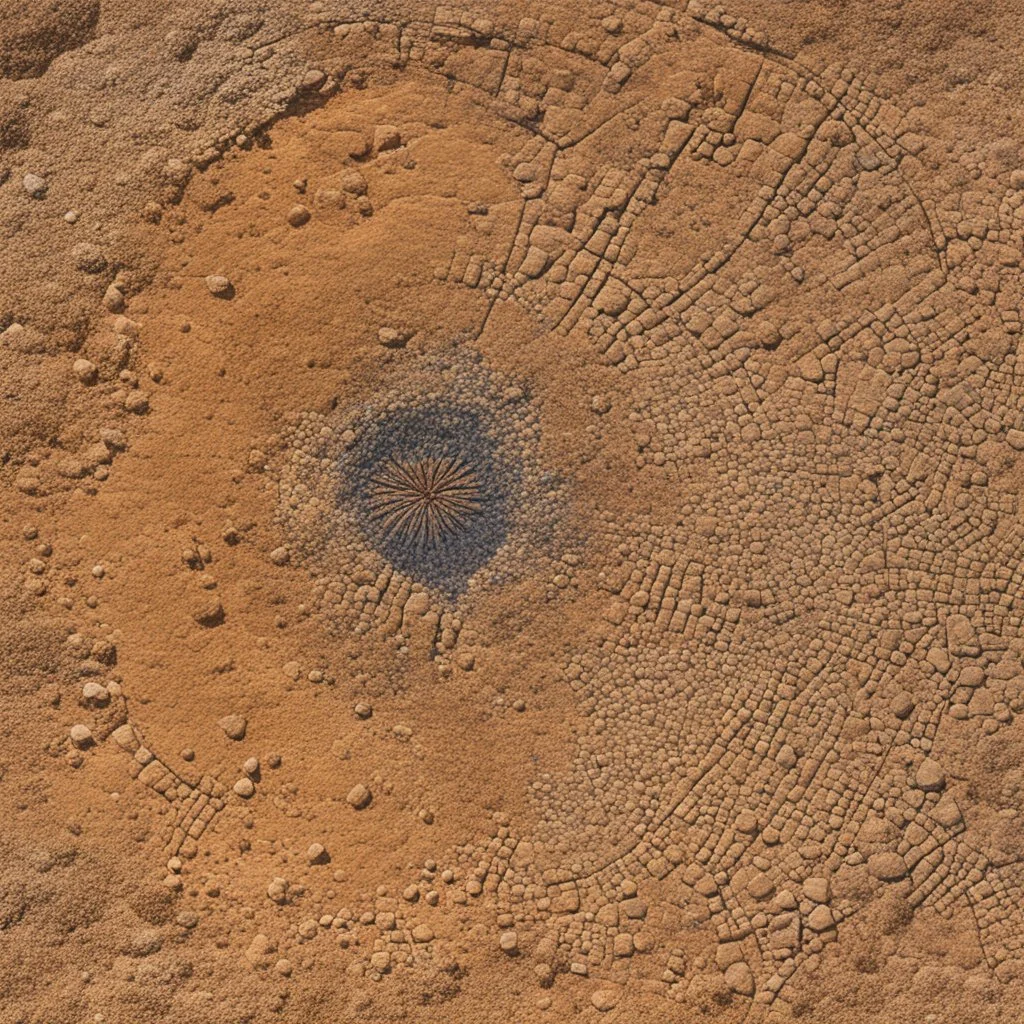
@generalpha
Prompt
Villalba-Mouco et al. (2021) analysed genome-wide data from 136 southern Iberian individuals dating from the Late Neolithic (3300 cal BCE) to the Late Bronze Age (1200/1000 cal BCE). They found that Bronze Age populations, including those from the El Argar culture were "shifted toward populations with steppe-related ancestry from central Europe" compared to preceding Copper Age groups. After 2100 cal BCE, all individuals from all sites carried steppe-related ancestry, in line with R1b-P312 [R1b-
statue, doubles, twins, entangled fingers, Worst Quality, ugly, ugly face, watermarks, undetailed, unrealistic, double limbs, worst hands, worst body, Disfigured, double, twin, dialog, book, multiple fingers, deformed, deformity, ugliness, poorly drawn face, extra_limb, extra limbs, bad hands, wrong hands, poorly drawn hands, messy drawing, cropped head, bad anatomy, lowres, extra digit, fewer digit, worst quality, low quality, jpeg artifacts, watermark, missing fingers, cropped, poorly drawn
1 year ago
Model
SSD-1B
Guidance Scale
7
Dimensions
1024 × 1024

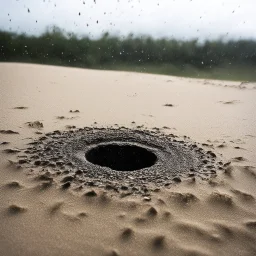
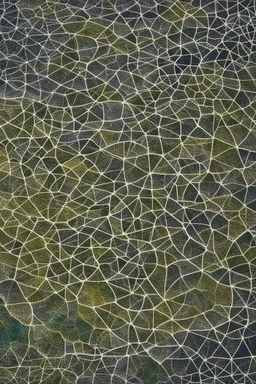
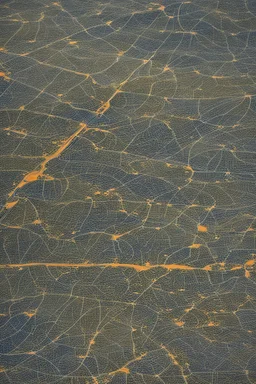
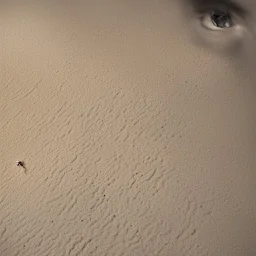
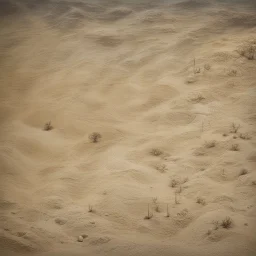
![Quaternion and Hypercomplex Fractals Description: Generalization of Mandelbrot and Julia fractals using quaternion (4D) or hypercomplex numbers, then projected into 3D. Characteristics: More exotic and less intuitive shapes, often with “holes” or ribbon-like structures. [in fractales IFS with Apophysis refined in Mandelbulb 3D]](https://img.stablecog.com/insecure/256w/aHR0cHM6Ly9iLnN0YWJsZWNvZy5jb20vZmRhN2M3OTgtYTg1YS00OTBlLTkyYjEtM2ExYTQ3YWZmZjJjLmpwZWc.webp)

